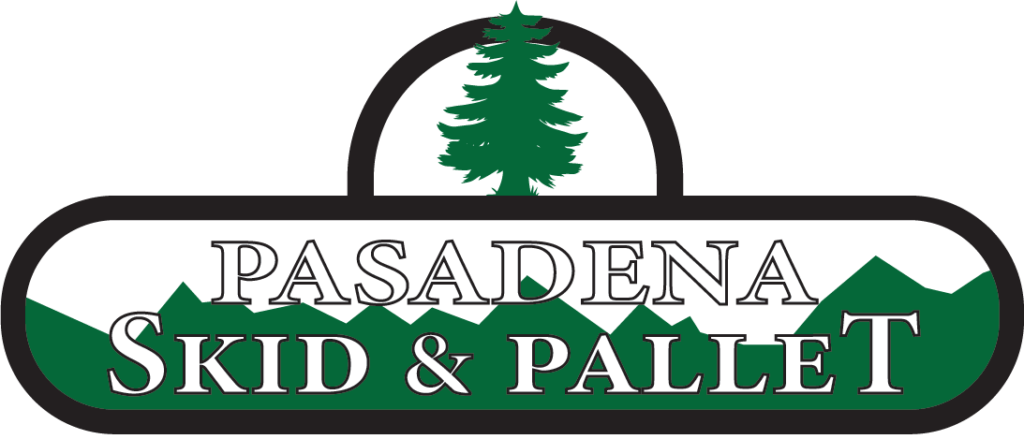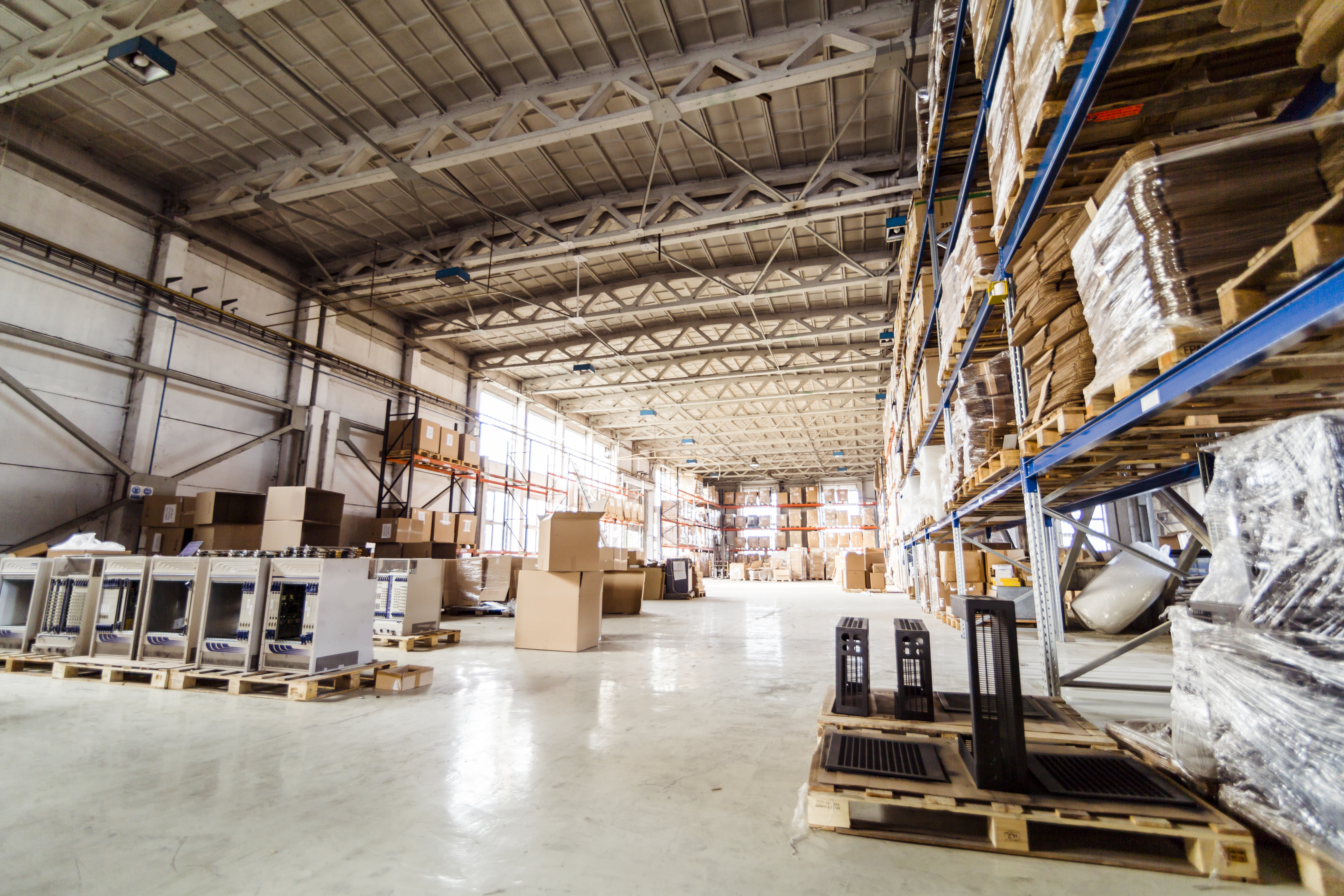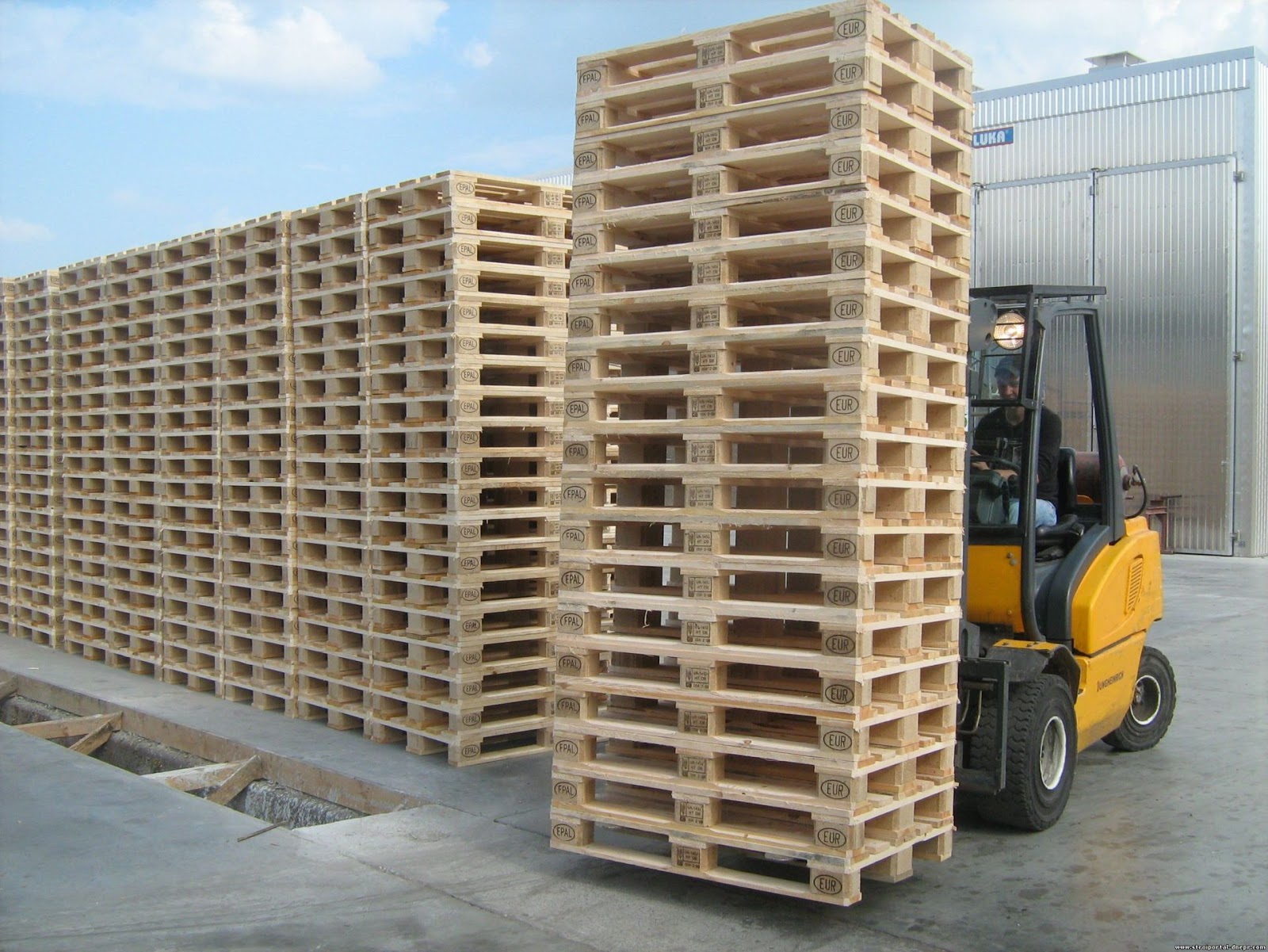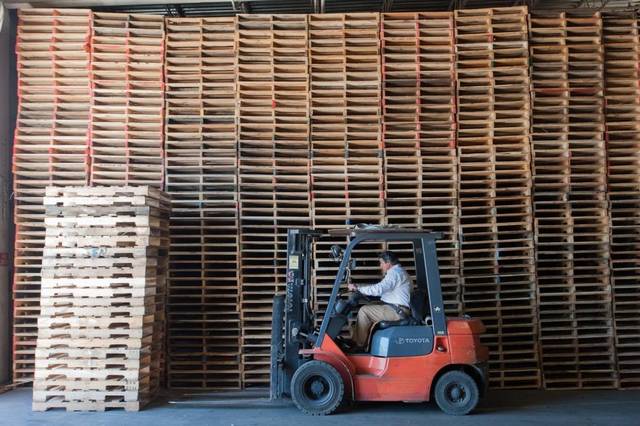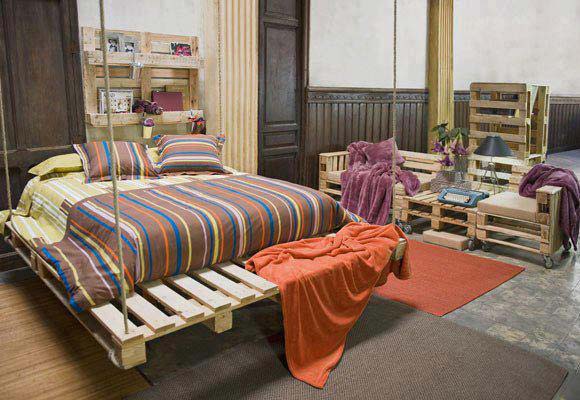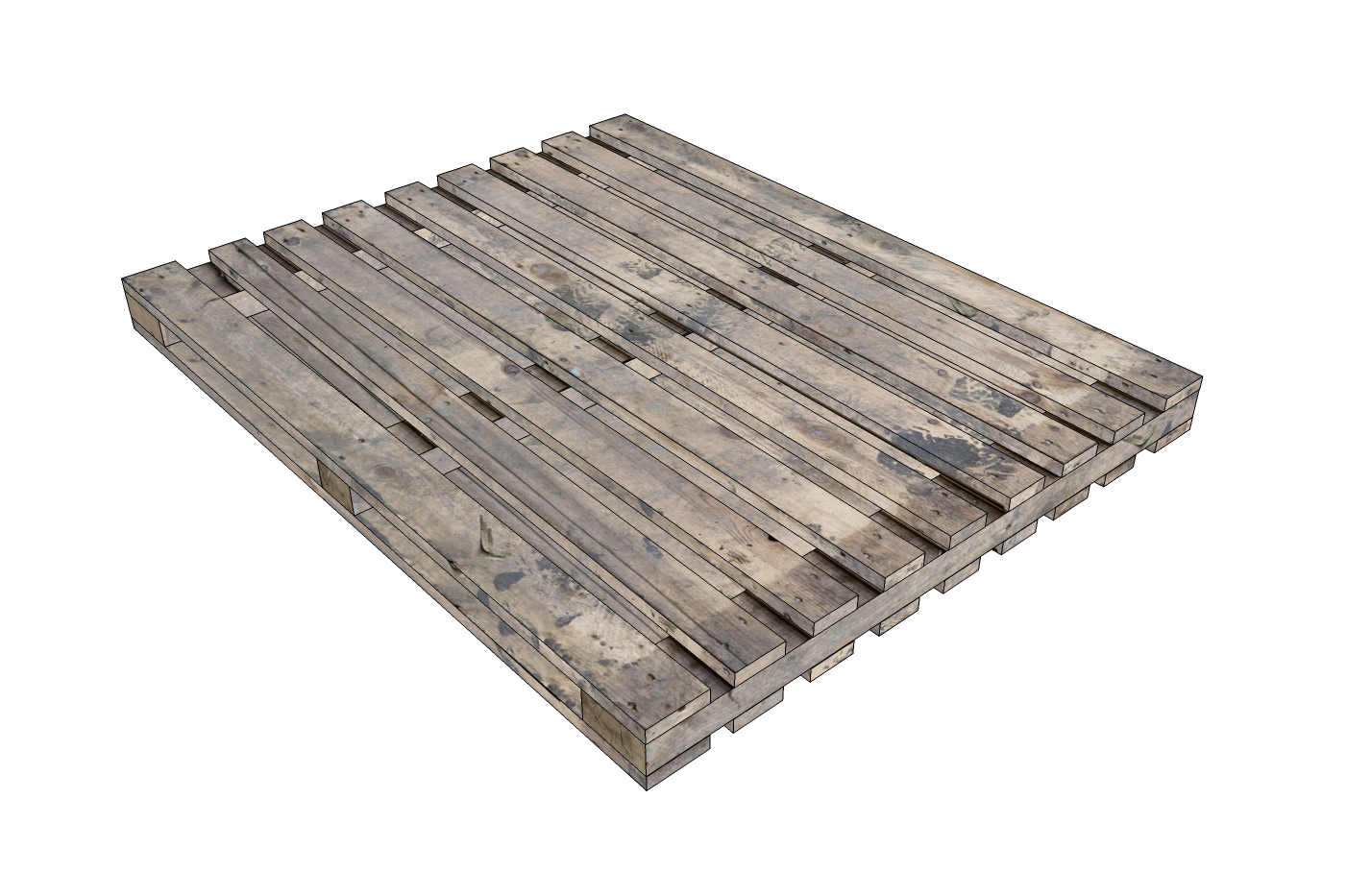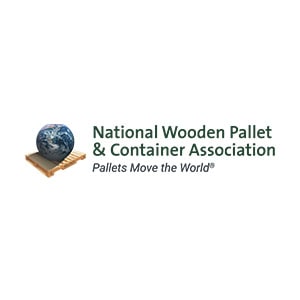In the world of logistics and supply chain management, pallets play a crucial role in the safe and efficient transportation and storage of goods. Pallets come in various types and materials to cater to the diverse needs of businesses across industries. In this comprehensive guide, we will discuss the different types of pallets, their materials, […]
Category: Uncategorized
How to Stay Safe Around a Loading Dock: Top Eight Loading Dock Safety Tips
Loading docks, regardless of the setting, are dangerous because they’re typically busy most of the time. In fact, the # 1 cause of ¼ of all warehouse injuries results from a busy loading dock area combined with human error. For this reason, it’s extremely important to practice safety protocol when working on or near a […]
Why Wood Packaging is Best for Shipping Fruits and Vegetables
If you’re looking for the best way to ship your fresh fruits and vegetables, wood packaging is your best bet. Wood packaging has been used for centuries in the preparation, packaging, storage, and transportation of food. This is mostly due to all the awesome benefits wood packaging entails like low-costs, helping the environment, as well […]
Getting Crafty With Wooden Pallets
Are you someone who gets enthralled by being creative and making your own furniture? In this article, I will be talking about wooden pallets and how you can use them to make your own furniture. Since wooden pallets are not only strong and reliable but also cheap, they make the ideal source when it comes […]
Tropical Pallets Crucial For Transportation Of Goods
The world relies on pallets for the transportation of goods. The items are rather straight forward and, often times, people don’t pay too much attention to the pallets. After all, it is often inexpensive wood constructed together in order to hold shipping containers steady and to make sure it is not touching the ground (in […]
House Made from Reclaimed Pallets Stands up to Tropical Cyclone
A unique little house designed and built by three university students and constructed out of wooden pallets withstood category-three winds, ranging from 111 to 129 mph, from Tropical Cyclone Marcia’s that battered Rockhampton, Australia in February. In fact, the little house faired so well in the storm that it could serve to become a prototype […]
Michigan Artist Turns Scrap Pallets Into Works of Art
Recycling isn’t always a heavy industrial process of breaking down old object to reuse the material in them for new products. Sometimes, it can be a labor of art, as Kalamazoo native artist Adam Cefai proves. Adam has built a reputation for himself as an artist by creating geographical representations of the Great Lakes and […]
Make Trendy Custom Furniture With Recycled Wooden Pallets
Purchasing new furniture can be expensive, time consuming, and doesn’t always fit with current decor styles. For those that don’t have the time or budget to shop for new pieces of furniture that can end up costing thousands for quality furniture, consider making your own with recycled pallets. Recycled pallets are not only cost effective, […]
Recycling Wooden Pallets This Holiday Season
Warehouses use a copious amount of pallets everyday. These wooden pallets are durable, however, they won’t last a lifetime. Someday they will become warped and too weak to be used. Many pallets are only used just one time and then disposed of. This is such a waste of good wood that can be used elsewhere. […]
Pallet Design System Keeps Getting Better
Improvements to PDS™ brands this application or software tool ‘A Treasure’. It is even more valuable because it allows various companies to share certain information regarding unit loads with their customers. PDSTM is designed, developed and owned by the National Wooden Pallets & Container Association (NWPCA). According to the latest statistics, one of the best […]
